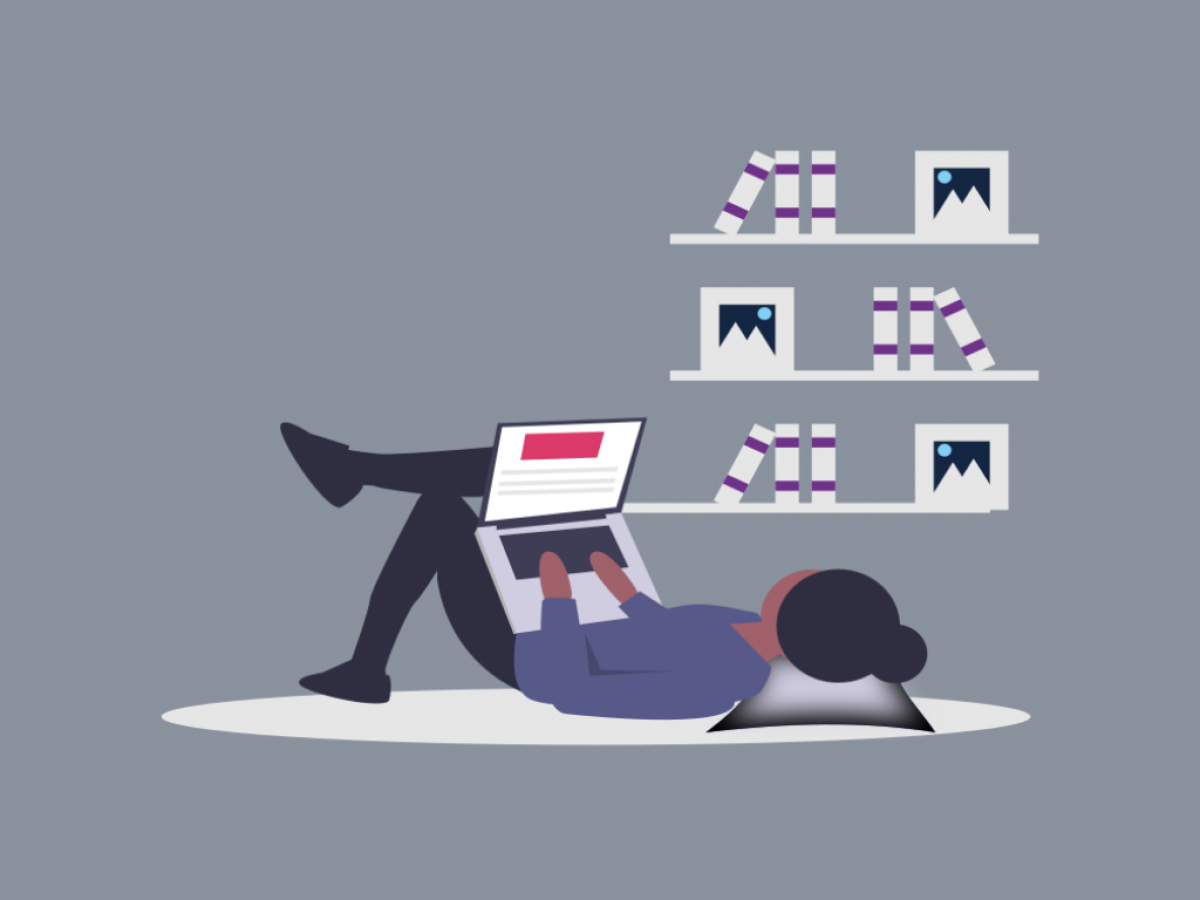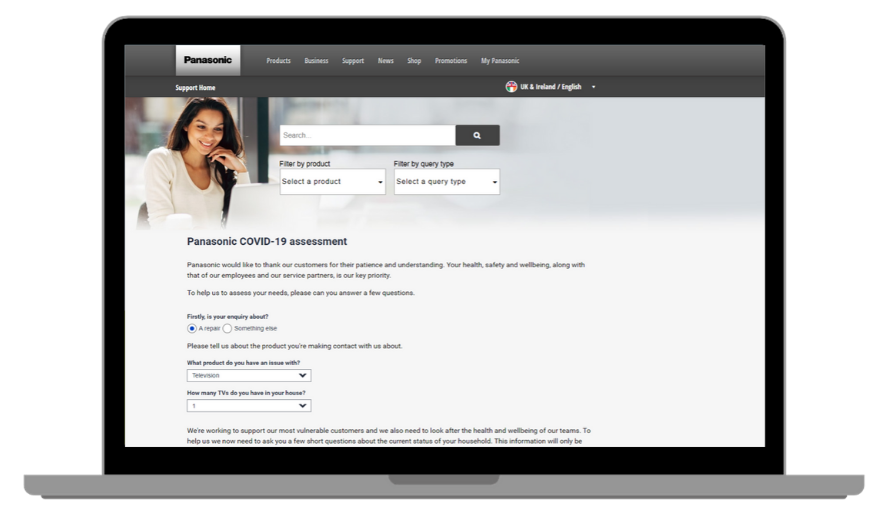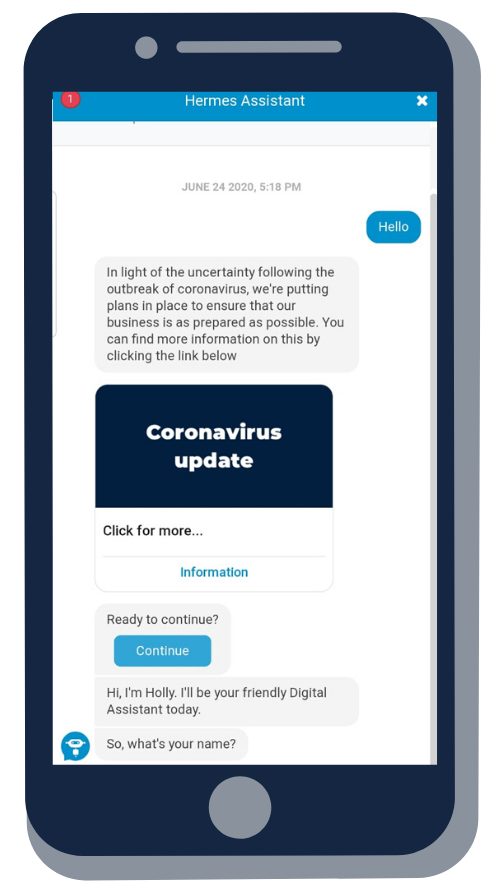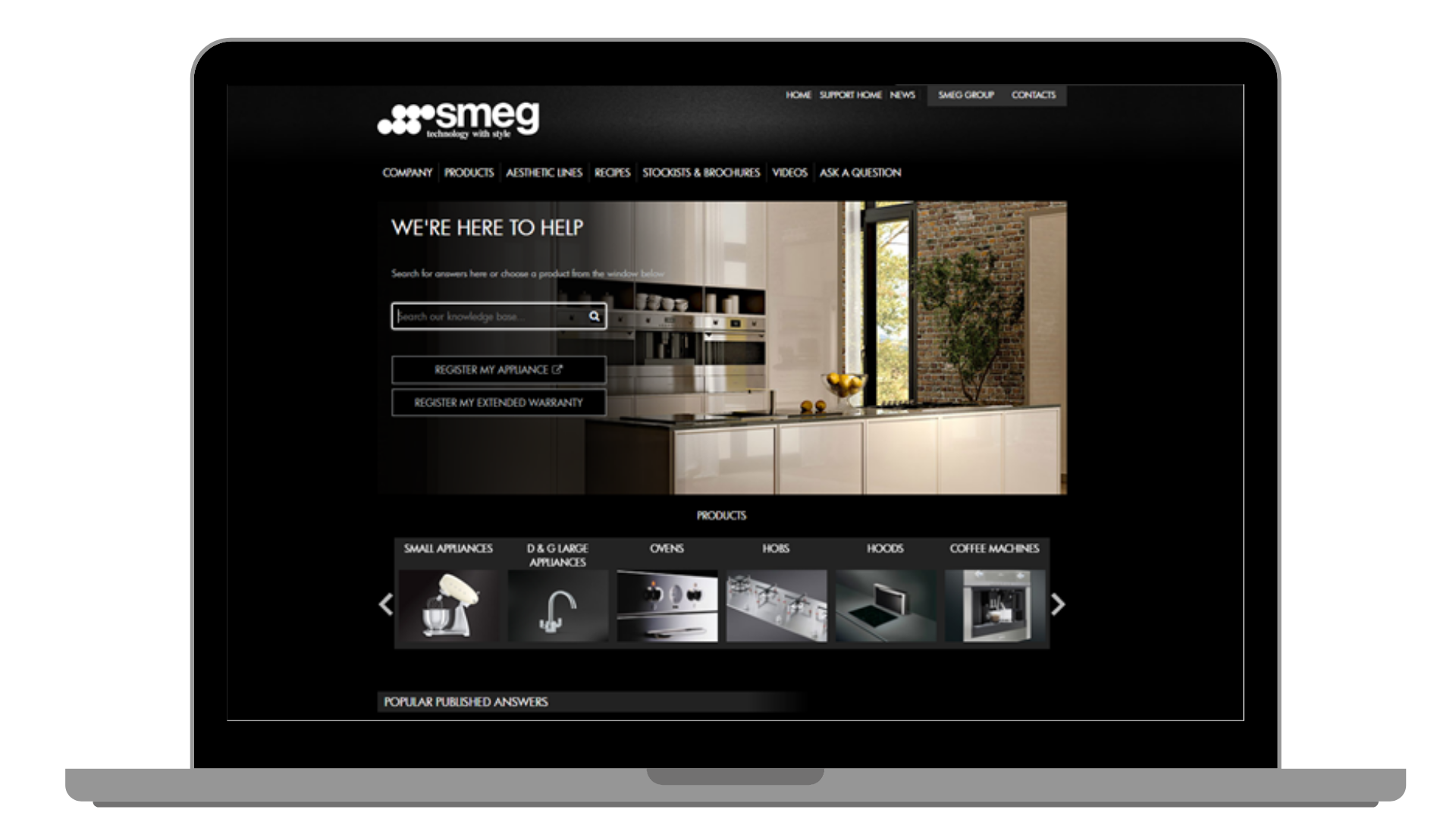Resource
Reshaping Service Experience in 2025 [eBook]
1 min read

Author: Andy Stevens
5 min read
The rapidly changing world around us, is seeing new restrictions and fast-evolving customer expectations for the ways businesses interact with them, safely, effectively and on their terms. Many of the customer experience (CX) transformation elements that were seen previously by businesses as opportunities have overnight become indispensable necessities to respond to customer needs.
The Covid-19 crisis has had many instant and far-reaching impacts, including on the ways that businesses serve their customers. We saw many businesses (including many of our customers) forced to close their Contact Centres at extremely short notice. Not all of them were able to shift to a remote contact centre model and significantly increased levels of sickness and absence added to the strain. Social-distancing and new workplace hygiene rules mean the old way of working will not be returning to Contact Centres.
This has been compounded by the increase in service (and sales) issues requiring resolution, particularly those arising from supply chain difficulties, or manufacturing challenges. Most of us can probably recall examples from the past few months of needing support from a business for a service issue - whether that be an airline ticket refund, hotel reservation query or chasing up the whereabouts of an order - and becoming frustrated when unable to get an answer in a timely manner.
A recent Currys’ Facebook post quickly triggered more than 7,000 comments from customers awaiting missing orders and unable to make contact, and 66% of Trustpilot reviews rated its service as bad or poor.
We’ve also seen changes in consumer behaviour ripple out from the structural changes in working patterns and the flexibility that sometimes follows. One of these is the shifting expectations on when consumers seek to interact with a business - this can be tough for businesses to meet with a traditional, people-based, service approach.
Whilst consumers seem willing to allow businesses a little space to adapt to the current challenges, customer service will not be the same again. And with some businesses further down the digital transformation journey than others, there is not a lot of room for complacency in the customer experience a business delivers. Consumers switch their loyalties far more readily than in the past - and know they can find a more superior service elsewhere.
But the digital solutions required to address the new customer service dynamics are not themselves new, and we can view the situation as accelerating trends we had already seen emerge with self-service and automation in customer experience.
What is your instinctive reaction when you require an answer to a question? If you’re like me, it will be to google that question or query, certainly before asking someone and seeking further help from a friend or colleague. Our ability to google answers to problems, without a second thought, will naturally translate into finding answers ourselves when interacting with businesses.
Market data supports the idea that this trend has already happened anyway - and it’s something that Boxfusion have been speaking to businesses about for many years now.
A Harvard Business Review report in 2017 found that 8 out of 10 customers will try to take care of their problem themselves before reaching out to a live rep.
Businesses had recognised the benefits of meeting these changing customer tastes and preferences, a long time prior to the current Covid-19 crisis. It had become evident that providing 24x7 accessibility, a centralised single knowledge repository and added automation through functions such as chat-bots, customer satisfaction and loyalty were increased, usually with a reduced cost to serve.
As the world around us evolves and takes stock, it seems clear that the emerging economy will be characterised by consumers and companies doing business at a distance. Workplace hygiene and safety is crucial and often the measures required mean that customer interactions (e.g. in the hospitality sector) will be unrecognisable from just a few months ago. It is quickly becoming a necessity for businesses to provide wide-ranging self-service capabilities to support customers’ desires for safe but efficient service, on their terms. A happy side-effect for business is that this can usually be a cost-effective approach too.
Moving into this next phase of the Covid-19 crisis, arguably it is now that the real test for businesses begins - supporting customers in the face of the new expectations and low-touch environment. The human race has proven time again it’s incredible ability to adapt and evolve in the face of great hardship and it will be fascinating to see the innovation that emerges from this Covid-19 crisis - in all walks of life - but of course for me, in the world of customer experience in particular.
So what are some of the self-service solutions that businesses are offering - or looking to offer - that can provide rapid improvements in customer experience? Here are four that I believe are going to be critical “must-haves” for 2020 and beyond:
1. Live Chat

Many businesses of course had previously invested in this additional channel for contact centre support. But with service issues rising and with many service agents forced away from offices with telephony and IVR solutions that don’t always transfer to remote working, this channel can enable teams to handle a significantly greater volume of enquiries than via phone alone.
2. Automated Decision-Making

We’ve seen a remarkable trend in the speed with which business policies and processes have needed to be re-written and re-written again, as governments respond to the pandemic with fast-changing regulations and guidelines. This in turn feeds customers’ desires for answers and more information - “am I eligible for a refund?”, “How can I get an engineer out to repair my unit?”, “What are your revised opening times/delivery procedures/safety policies?”. This is where intelligent, automated, decision-making platforms, such as Oracle’s Intelligent Advisor, can bring a huge return on investment.
3. Chatbot/Digital Assistant

Extending the Live Chat channel is the bot that can handle those large volume customer interactions and queries, efficiently and at scale. Around 70% of organisations find customers call or email less once virtual chat assistants or VCA’s are implemented. As the technology that relieves pressure on service teams, whilst simultaneously improving the customer experience and bringing a lower cost to serve, Chatbots are here to stay.
4. Multi-Channel Knowledge Integration

Finally, I wanted to draw attention to the humble knowledge base, which when implemented correctly can bring great value to a business and greatly increased customer satisfaction. Providing an integrated knowledge-base to provide a consistent, appropriate answer to a customer via whichever channel that customer chooses (FAQs, Digital Assistant, Agent chat etc.) is likely to become another critical component for businesses to provide a complete self-service experience.
There are a number of market-leading digital tools that can be integrated quickly and easily into a business, to rapidly deliver more self-service and automation to your customers.
Boxfusion offers a modular self-service solution that enables customers to engage with your business in new ways. Contact us to find out more!
1 min read
On-demand webinar
1 min read
Explore how Network Rail provides high-quality information to its customers and users...
3 min read